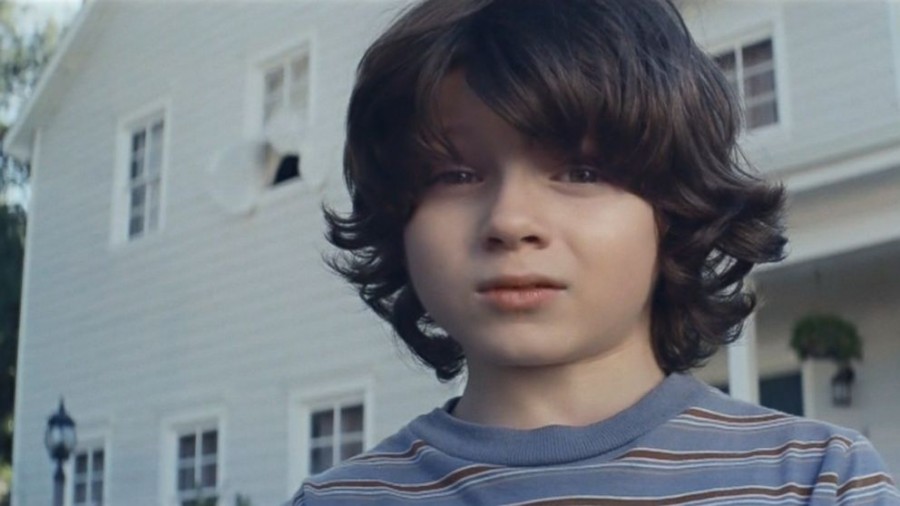Super Bowl Advertising Leads to Debate
February 23, 2015
With a new age comes new ways of getting one’s message across to people. A major part of media and economics is convincing the uneducated masses that your product is what they should buy because of course, they need it. New and creative ways to advertise to people are always being used, especially in recent years where innovation and entertainment are some of the best ways to captivate people’s attention.
The NFL’s annual event, the Super Bowl has become a nationwide pastime here in the U.S. with an estimated 40% of televisions being tuned to the game. This leads to a very fertile ground for advertising which has resulted in the price per second of commercial time for the Super Bowl to become astronomical. This however is also the price of a time slot that is guaranteed to be seen by many more people than an ordinary channel timeslot.
The Super Bowl commercials have become renown as some of the best and most entertaining the product’s companies have to offer. The brands have a very limited time slot and will of course try to cram as much as they can into it in order to get their product across. They often go the humor route in doing so and because of this many people watch the Super Bowl for the commercials only.
The most recent Super Bowl was no different, the game was played and the commercials came in between. However there have been a few ads this year that sparked controversy because of the nature of their content. The most notable of this being the ad by Nationwide Insurance. For those who have not seen this ad, it features a series of children describing childhood dreams that would never be seen due to a series of household accidents that were depicted throughout the commercial. These incidents included a cabinet door opened awry with open pill bottles scattered underneath, most likely representing accidental ingestion of medicine by a child. Another showed a flat screen TV that had fallen, the screen shattered in pieces on the floor below. The message there being falling hazards.
While these are certainly issues that deserve attention, the overall mood of this commercial was one of a very grim situation, a message that does not exactly fall within the lines of the fun and entertaining aspect the Super Bowl holds. However one thing cannot be denied with this advertisement. People certainly talked about it, perhaps the purpose of the juxtaposing mood this ad gave off from the rest of the ads served as a contrast that would ensure people remembered it.
This brings to question that advertisements have drawn a very thin line between what is appropriate and not within their content. Since these are not television shows, they have no real rating, which can make viewer discretion a very tricky thing to determine. It was for this reason many kid’s channel have that “And now back to the show” part between the commercials and the show. This is so people (kids especially) can distinguish between what is advertising and what is a part of the show.
Advertising agencies have begun to work around these methods by often placing their brands in tv shows directly. This increased advertising is not only limited to television. All forms of media have some sort of advertising within it. Be it a small bar below the app you are playing, a margin of ads next to the article you are reading or in some cases even in the middle of the page with the written piece squared around it. Ads continue to be more prominent in our life, and this trend is expected to continue.
This issue all comes back to the debate of working for profit or the people. As for the Super Bowl, even if the people’s interests are present, the message these ads are giving can be misread and only cause more problems. There are many people who thought it was more than just the football players who crossed a line at this year’s Super Bowl.
